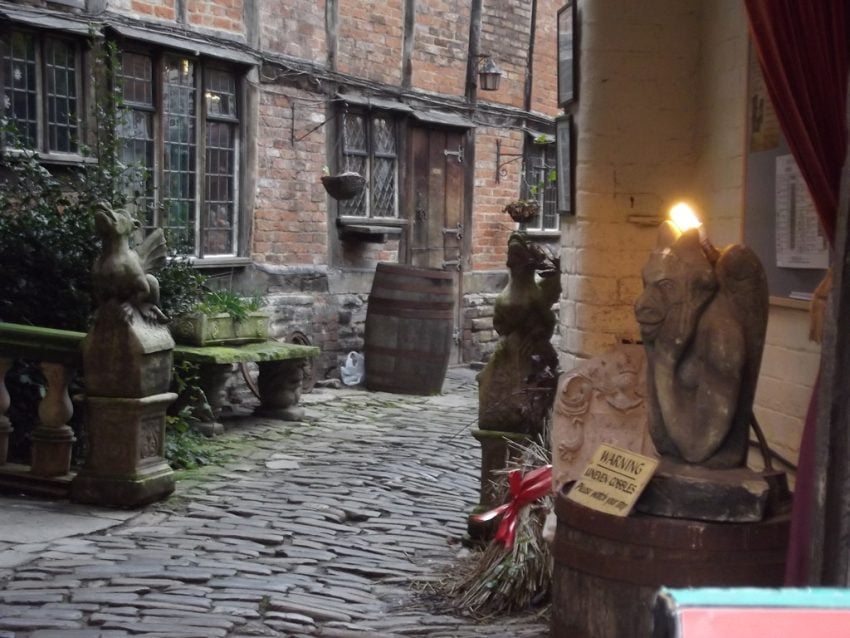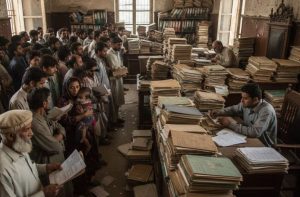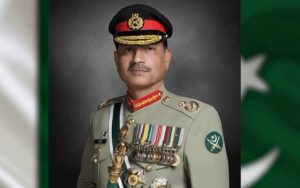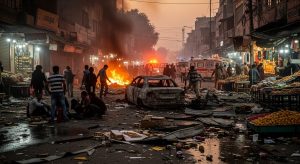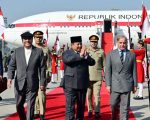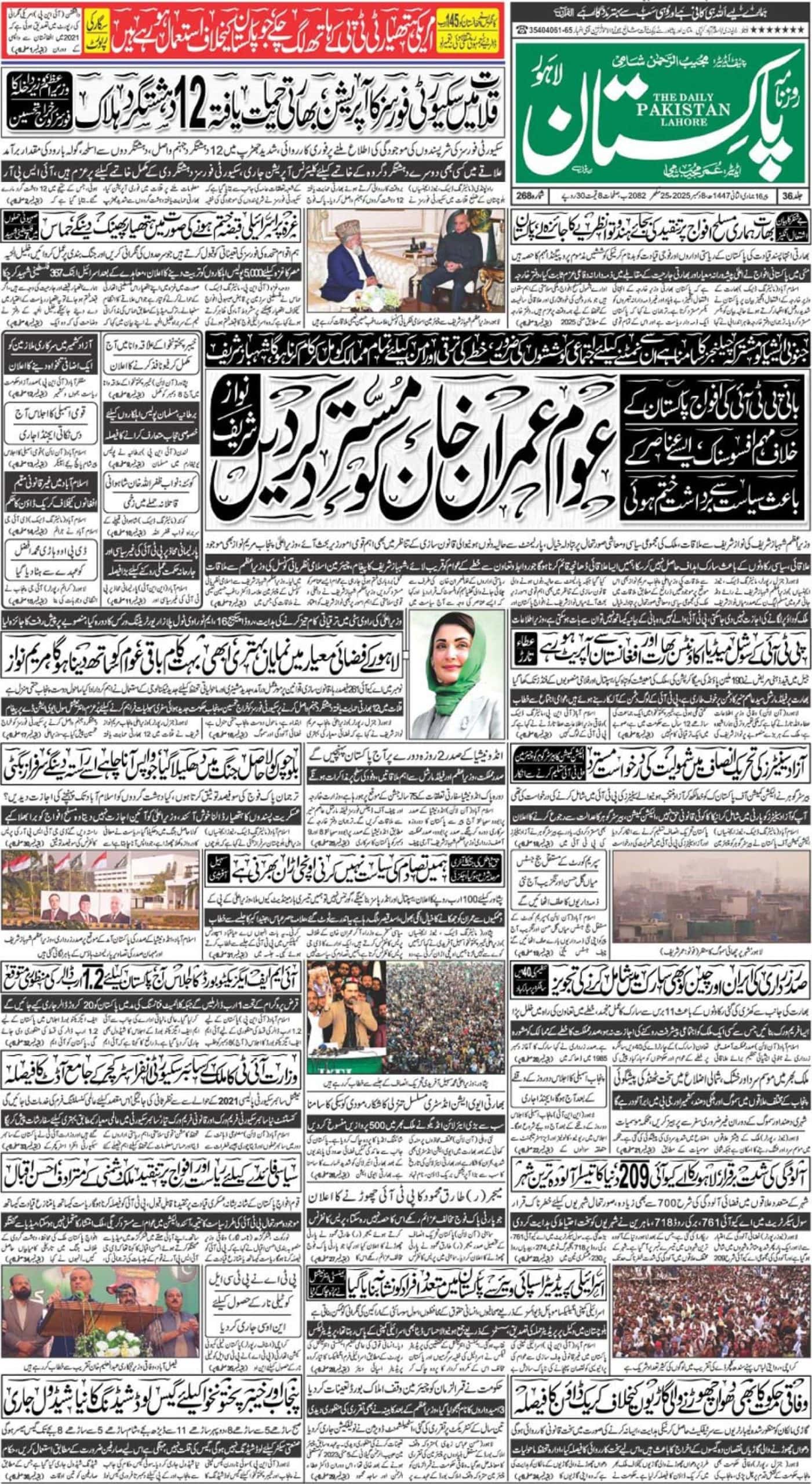A deep sense of unease is spreading through India, making people feel like the country itself is shifting beneath them. Under Prime Minister Modi, an assertive Hindu nationalism is increasingly setting the tone, pushing aside the more familiar, diverse ways of life. This isn’t just political maneuvering; it feels like a move to redefine the soul of India, questioning and potentially dismantling the secular identity that was so carefully built. And in this push for a “Hindu Rashtra,” a chilling irony unfolds: it seems to breathe life back into the very Two-Nation Theory—the painful idea that Hindus and Muslims were destined to be separate peoples—that India so vehemently rejected at its birth.
The idea of India as a tapestry woven from diverse threads, once a source of quiet pride, now feels fragile, threatened. The changes aren’t abstract; they are felt on the ground. When familiar city names vanish overnight, replaced with ones echoing a different history, a sense of disorientation follows. It’s unsettling when the history taught in schools starts to feel unfamiliar, like pieces of our shared past are being quietly taken away. And laws like the Citizenship Amendment Act (CAA), along with the constant worry about a National Register of Citizens (NRC), aren’t just abstract legal issues. For minority communities, they spark real fear – a gnawing anxiety that maybe they don’t truly belong, that their place here is conditional. For many, it feels like a slow heartbreak, almost admitting defeat to Jinnah’s old argument, questioning if that beautiful idea of everyone living together as equals was ever truly possible.
The anxiety deepens as attention turns towards Waqf properties, lands and assets holding generations of Muslim history and community life. Proposed legislative changes are seen by many not as administrative updates, but as a deliberate move to question and potentially seize a community’s living heritage. It touches a raw nerve, evoking fears of dispossession and a further erosion of their place in the nation’s story – another step, people murmur, in making them feel like strangers in their own land.
Into this tense atmosphere, the recent Pahalgam incident exploded. Around the world and within India, whispers turned into open speculation: was this a genuine security crisis or something manufactured, a ‘false flag’ designed to ignite patriotic fervour and create a pretext for action against Pakistan? The timing felt potent, landing as Modi navigates turbulent waters domestically – grappling with economic worries, pockets of unrest, and signs that the unwavering support he once commanded might be fraying.
The situation leaves him caught in a vise. There’s a palpable fear, shared in hushed tones even within corridors of power, that any direct military strike against Pakistan could unleash uncontrollable chaos, dragging the entire region into a dangerous vortex. The potential human cost is unthinkable. Yet, the pressure to act decisively is immense. To be seen as hesitating, as backing down after such a provocation, could shatter the carefully constructed image of the unyielding strongman. Such a move might invite political predators to strike, leaving him vulnerable. It’s a terrifying gamble, where the need for political survival seems to demand dicing with the lives and stability of millions.
This relentless pursuit of a Hindu-centric state, therefore, does more than just alter laws or redraw maps. It hollows out the founding promise of India. In its drive to define who truly belongs, it unintentionally echoes the divisive logic it claims to oppose. As India walks this path, the vibrant, inclusive ideal feels increasingly distant, haunted by the chilling thought that perhaps Jinnah’s partition-era vision wasn’t entirely wrong after all. The days ahead feel heavy, fraught with choices that carry the weight of history. Will it be the path of confrontation, with all its terrible risks, or a political reckoning at home? The answer will shape not just India’s future, but the destiny of a subcontinent holding its breath.

